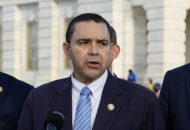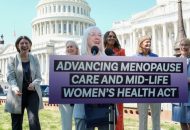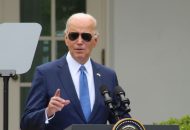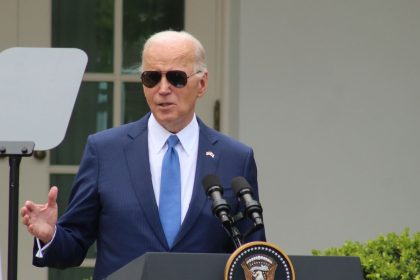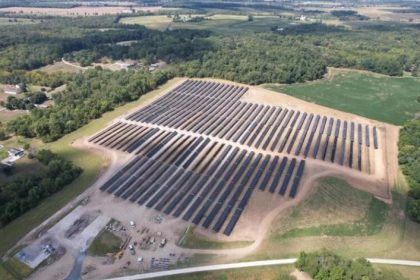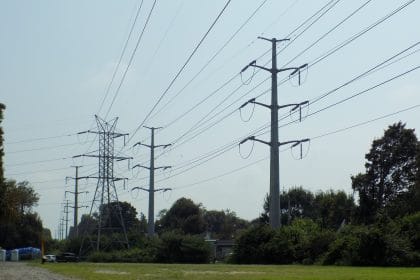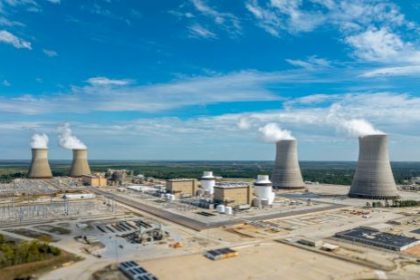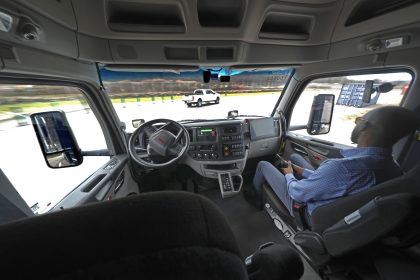For New Bedford, Massachusetts, Creation of First Offshore Wind Farm in US Means Jobs
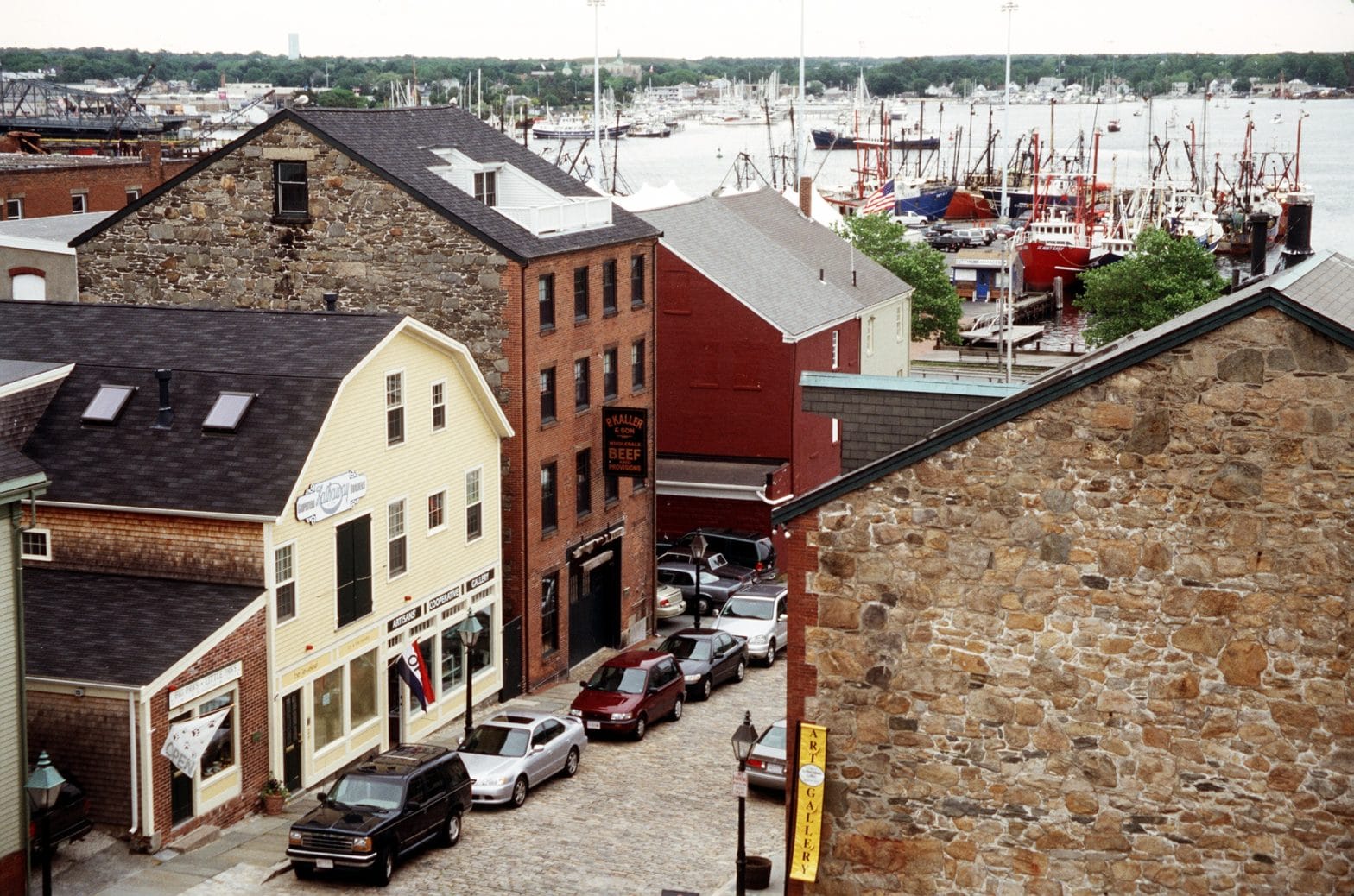
Long ignored in the United States, offshore wind energy is poised to become a new economic engine in New Bedford, Massachusetts that will bring thousands of jobs and launch a new major industry along the eastern seaboard.
During the 19th century, when whale oil illuminated homes and businesses, New Bedford dispatched hundreds of whaling ships to collect the precious resource and in the process became the world’s wealthiest and most productive port.
Even today, long after the demise of the U.S. whaling industry and the advent of the age of electricity, this mid-sized city south of Boston is still considered the highest valued commercial fishing port in the nation, generating $3.3 billion in annual revenues.
According to the New Bedford Wind Energy Center, New Bedford’s commercial fishing fleet has a total economic impact of $9.8 billion, generating 2 percent of the state’s gross domestic product.
But the winds that once filled the sails of New Bedford’s whaling fleet are now bringing new opportunity to the Atlantic coast city — a chance to play a major role in the 21st Century’s energy revolution.
The Department of Energy says the coastal waters off New Bedford are among the windiest places in the country and their location near a significant commercial port provide the able developer with just the tools it needs to harvest the energy those winds hold.
The shallow water on this part of the Outer Continental Shelf also makes it possible to install large turbines that can generate huge amounts of electricity.
Mayor Jon F. Mitchell has worked hard to sell New Bedford as America’s new offshore wind capital. In the last few years he has been laying down the foundation, ushering in new infrastructure projects to get the port ready for large-scale investment and construction offshore.
“As mayor, one of my roles is [to serve] as the chief elected official for the Workforce Investment Board,” Mitchell said. “Working through the WIB, as well as with our community college, we’ve prepared workforce training programs that are relevant and appropriate for the offshore wind industry so that we have a pipeline of talent ready for the industry when it gets here.”
Europe is the current world leader in offshore wind generation with 82 offshore wind farms generating 10,393 megawatts of green energy in eleven countries and employing 750,000 people. Thanks to technological advances, wind has also become one of the cheapest sources of energy in countries like Germany and Great Britain. The U.S. has been slow to follow suit but can learn from the growing pains experienced across the Atlantic, Mitchell said.
“New Bedford is at the leading edge of this brand new green energy industry in the United States that will power homes up and down the East Coast.,” he said. “And we also happen to be at the intersection of that industry and commercial fishing and so those facts alone place us in the enviable position of being one of the preeminent ocean oriented cities anywhere.”
“We believe that many years ahead, because of the hard work that we’ve put in to achieve that status, that we will be in a very competitive place in the long run and to make sure that our residents have the opportunities for well-paying jobs,” he added.
In recent years, Massachusetts has seen many of its old and obsolete power stations taken offline, forcing the state to look elsewhere to meet its energy needs. Now, the hope is that wind energy will fill the gap left by past power station closures and in the process transform the state economy with New Bedford leading the way.
The state wants to add 1,600 megawatts of wind generated electricity by 2027 and is investing heavily in the necessary infrastructure. That would be enough to power a third of all the homes in the state and 11 percent of its overall energy needs. The Massachusetts Clean Energy Center, a state agency, estimates that the projects could generate 9,850 jobs over 10 years, and add $2.1 billion to the state’s economy.
Massachusetts is heavily committed to getting the project off the ground, building a new $100 million dollar marine terminal and spending $113 million to dredge the harbor. These investments are necessary to prepare the area for the massive amount of offshore construction set to begin.
The lease permits, granted by the Interior Department Bureau of Ocean Energy Management, are a critical component of the project. The first lease permit was awarded last year to Vineyard Wind, a consortium of two European developers, to build an 800-megawatt wind farm — a project comprised of up to 100 offshore turbines — in federal waters about 14 miles south of Martha’s Vineyard. Construction is expected to begin on 84 of those turbines in 2020 with electricity generation expected as soon as 2021.
Erich Stephens, chief development officer for Vineyard Wind, said he and his team are excited to be staging construction of the project out of New Bedford, especially given the city’s history of supplying energy to the rest of the nation and the world.
“Given the investments in the port facility, the marine services companies in the city, and the workforce which has worked offshore for generations, New Bedford is the ideal port city from which to not just build our project, but to launch a new industry for the region and the nation,” Stephens said.
He went on to laud Mayor Mitchell and his city hall team, whom he described as being “instrumental in helping us work with the commercial fishing industry and learn ways to build a new offshore wind industry in New Bedford while making sure the existing big industry in the city, commercial fishing, can continue to grow and thrive as it has for many generations now.”
While most in and around New Bedford are excited about the project, some in the fishing industry are nervous.
“You don’t want to destroy one type of sustainable energy harvest with another one,” said Kevin Stokesbury, a professor at the School for Marine Science and Technology at the University of Massachusetts at Dartmouth, in an interview to the New York Times.
But Mayor Mitchell strongly believes that this is the right project in the right place and has worked hard to build support throughout the community.
“I think people are optimistic for new opportunities, but at the same time, it won’t be real for everybody until they actually start seeing wind components on our waterfront,” he said. “Once that starts happening I think you’ll see a real build up and excitement. By and large, people have been supportive because we’ve worked very hard to explain the nature of the opportunity and the nature of the work that it will take to realize the opportunity.”











